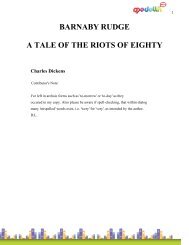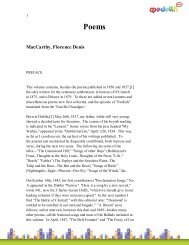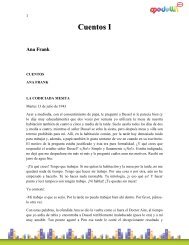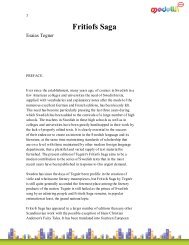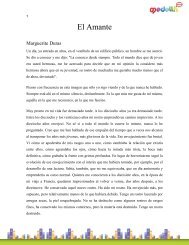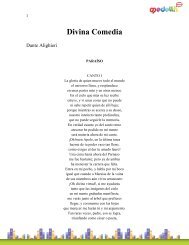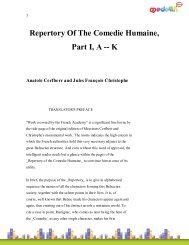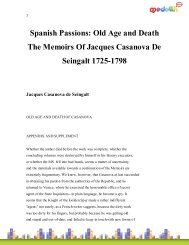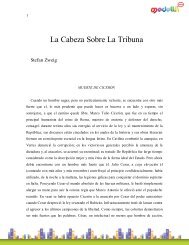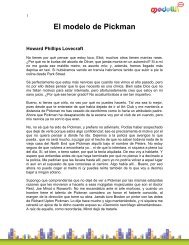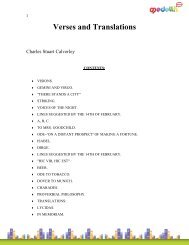Adventures in New Guinea James Chalmers
Adventures in New Guinea James Chalmers
Adventures in New Guinea James Chalmers
Create successful ePaper yourself
Turn your PDF publications into a flip-book with our unique Google optimized e-Paper software.
3<br />
Partial surveys of the south coast were made <strong>in</strong> 1845 by Capta<strong>in</strong><br />
Blackwood, who discovered the Fly River; by Lieutenant Yule, <strong>in</strong> 1846, who<br />
journeyed east as far as the island to which he has given his name; and<br />
<strong>in</strong> 1848 by Capta<strong>in</strong> Owen Stanley, who made a fairly accurate survey of the<br />
south-east coast.<br />
The most important survey work along the coast of <strong>New</strong> Gu<strong>in</strong>ea was done <strong>in</strong><br />
1873 by H.M. ship _Basilisk_, under the command of Capta<strong>in</strong> Moresby. He<br />
discovered the now-famous harbour, Port Moresby; he laid down the true<br />
eastern coastl<strong>in</strong>e of the island, discover<strong>in</strong>g the Ch<strong>in</strong>a Straits, and<br />
explor<strong>in</strong>g the north-east coast as far west as Huon Gulf.<br />
In many parts of the world Christian missionaries have been the first to<br />
get on friendly terms with the natives, and thus to pave the way for<br />
develop<strong>in</strong>g the resources of a savage country and lead<strong>in</strong>g its <strong>in</strong>habitants<br />
<strong>in</strong> the paths of progress and civilization. Pre-em<strong>in</strong>ently has this been<br />
the case <strong>in</strong> South-eastern <strong>New</strong> Gu<strong>in</strong>ea. White men had landed before them,<br />
it is true; but for the most part only to benefit themselves, and not<br />
unfrequently to murder the natives or to entrap them <strong>in</strong>to slavery.<br />
Christianity has won great victories <strong>in</strong> Polynesia, but no part of the<br />
globe has witnessed fouler crimes or more atrocious wickedness on the<br />
part of white men towards savage races.<br />
The history of the work done by members of the London Missionary Society<br />
is already a long one. As far back as 1871, the Revs. A. W. Murray and<br />
S. McFarlane sailed from Mare, one of the Loyalty Islands, with eight<br />
native teachers, <strong>in</strong>habitants of that group, with whom to beg<strong>in</strong> the<br />
campaign aga<strong>in</strong>st s<strong>in</strong>, superstition, and savagery <strong>in</strong> <strong>New</strong> Gu<strong>in</strong>ea. The<br />
first station occupied was Darnley Island, and Mr. Murray gives an<br />
<strong>in</strong>cident that well illustrates the spirit <strong>in</strong> which these men, themselves<br />
trophies of missionary success, entered upon their work. Speak<strong>in</strong>g about



